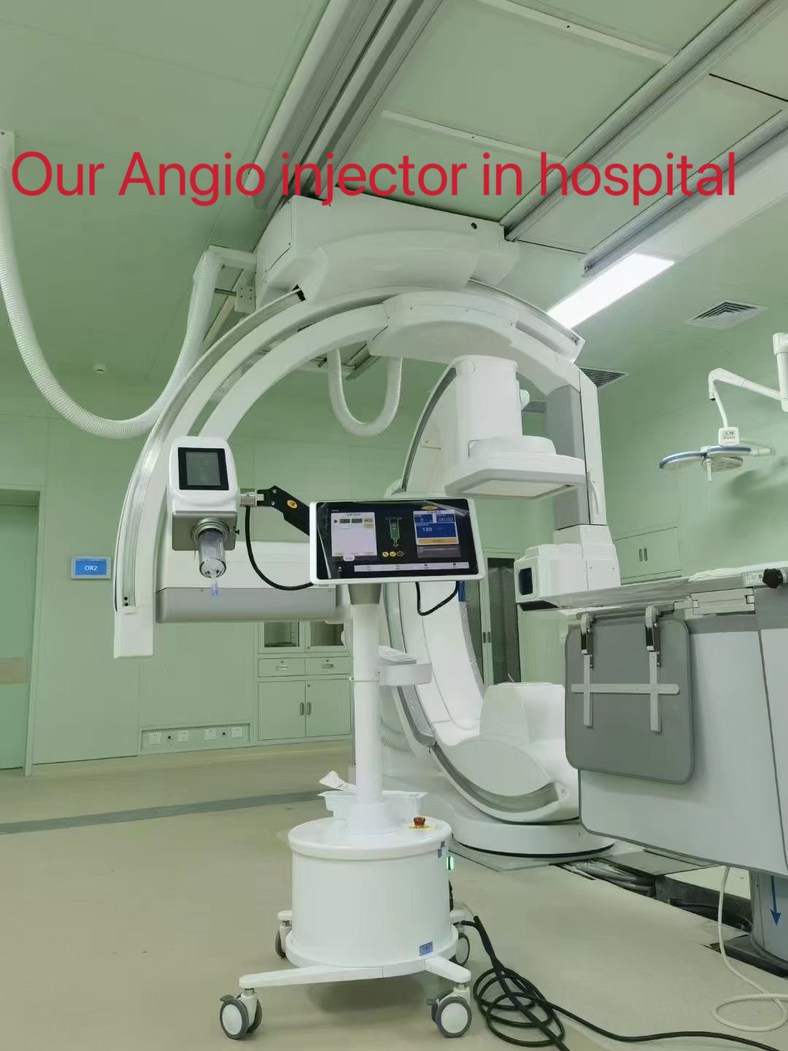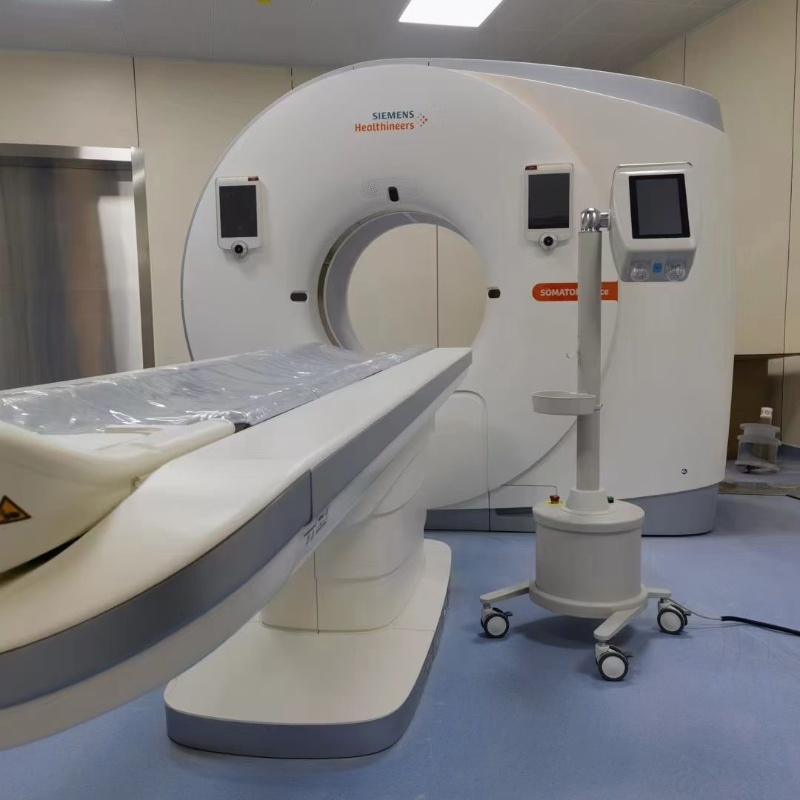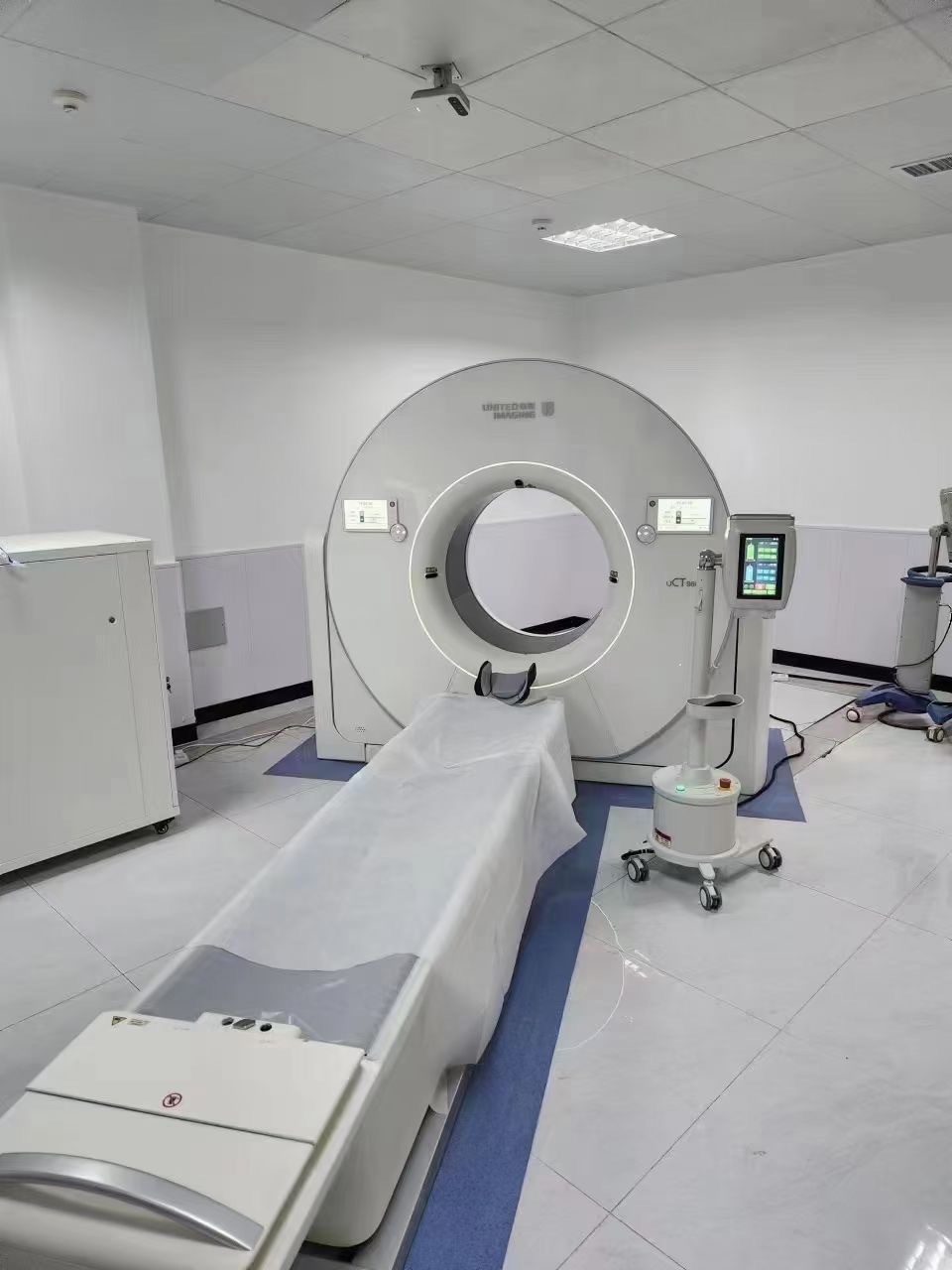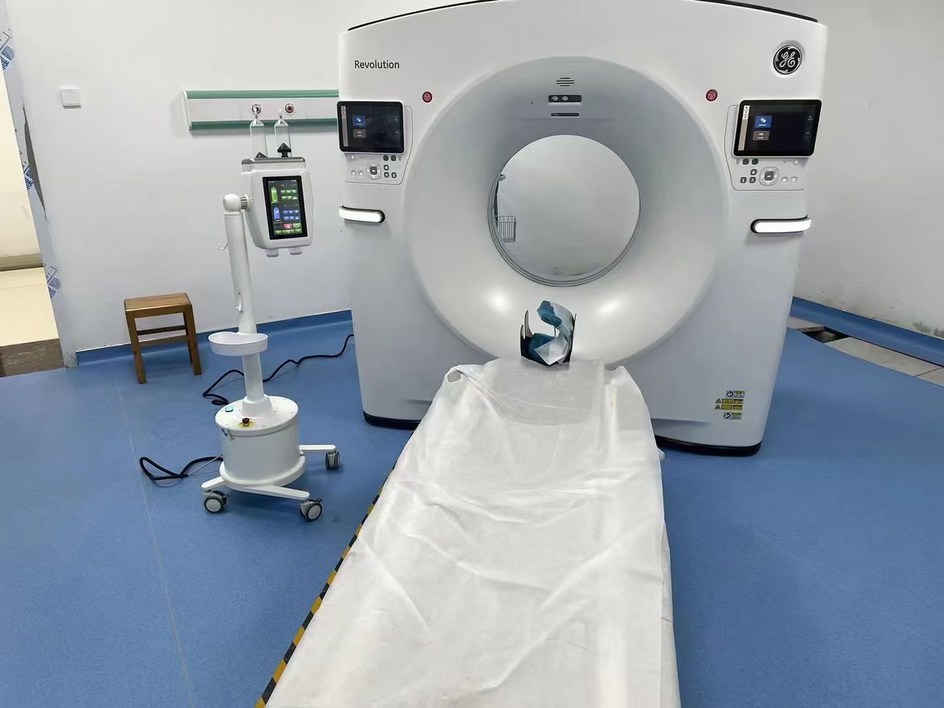High-pressure contrast media injectors—including CT single injector, CT dual-head injectors, MRI injectors, and angiography high pressure injectors —are critical for diagnostic imaging quality. However, their improper use risks severe complications like contrast extravasation, tissue necrosis, or systemic adverse reactions. Adhering to evidence-based precautions ensures patient safety and imaging efficacy.
1. Patient Assessment and Preparation
Renal Function Screening & Risk Stratification
GFR Evaluation : For gadolinium-based agents (MRI), screen patients for acute kidney injury or chronic severe renal disease (GFR <30 mL/min/1.73 m²). Avoid administration unless diagnostic benefits outweigh NSF (nephrogenic systemic fibrosis) risks.
High-Risk Populations : Diabetics, hypertensives, and elderly patients (>60 years) require pre-procedural renal function testing. For iodinated contrast (CT/angiography), assess history of contrast-induced nephropathy.
Allergy and Comorbidity Evaluation
- Document prior mild/moderate reactions (e.g., urticaria, bronchospasm). Premedicate with corticosteroids/antihistamines for historical reactors.
- Avoid elective contrast studies in unstable asthma, active heart failure, or pheochromocytoma.
Vascular Access Selection
Site & Catheter Size : Use 18–20G IV catheters in antecubital or forearm veins. Avoid joints, hand/wrist veins, or limbs with compromised circulation (e.g., post-mastectomy, dialysis fistulas). For flows >3 mL/sec, ≥20G catheters are mandatory.
Catheter Placement : Advance ≥2.5 cm into the vein. Test patency with saline flush under direct visualization. Reject catheters with resistance or pain during flushing.
2. Equipment and Contrast Media Readiness
Contrast Agent Handling
Temperature Control : Warm iodinated agents to ~37°C to reduce viscosity and extravasation risk.
Agent Selection : Prefer iso-osmolar or low-osmolar agents (e.g., iodixanol, iohexol) for high-risk patients. For MRI, macrocyclic gadolinium agents (e.g., gadoterate meglumine) minimize gadolinium retention.
Injector Configuration & Air Elimination
Pressure Limits : Set threshold alerts (typically 300–325 psi) to detect infiltration early.
Air Evacuation Protocol : Invert tubing, purge air using saline, and confirm bubble-free lines. For MRI injectors, ensure non-ferromagnetic components (e.g., Shenzhen Kenid’s H15) to prevent projectile risks.
Table: Recommended Injector Settings by Modality
| Modality | Flow Rate | Contrast Volume | Saline Chaser |
|———————|—————|———————|——————-|
| CT Angiography | 4–5 mL/s | 70–100 mL | 30–50 mL |
| MRI (Neuro) | 2–3 mL/s | 0.1 mmol/kg Gd | 20–30 mL |
| Peripheral Angio | 2–4 mL/s | 40–60 mL | 20 mL |
3. Safe Injection Techniques and Monitoring
Test Injection and Positioning
- Perform saline test injections at 0.5 mL/s higher than planned contrast flow to confirm line patency and extravasation-free placement.
- Immobilize limbs using splints/tape; avoid arm flexion during thoracic/abdominal scans.
Real-Time Communication and Monitoring
- Use intercoms for patient communication. Instruct patients to report pain, warmth, or swelling immediately.
- Visually monitor injection sites during non-automated phases. For CT automated triggering, assign staff to observe remotely.
Special Access Considerations
Central Lines : Only use power-injectable PICCs/CVCs (rated for ≥300 psi). Test for blood return and saline flushability.
Intraosseous (IO) Lines : Reserve for emergencies. Limit rates to ≤5 mL/s; pretreat with lidocaine to reduce pain.
4. Emergency Preparedness and Adverse Event Mitigation
Contrast Extravasation Protocol
Immediate Response : Stop injection, elevate limb, apply cold compresses. For volumes >50 mL or severe swelling, consult surgery.
Topical Treatment : Use dimethylsulfoxide (DMSO) gel or dexamethasone-soaked gauze. Avoid pressure dressings.
Anaphylaxis and NSF Prevention
- Keep emergency kits (epinephrine, bronchodilators) accessible. Train staff in ACLS for severe reactions (incidence: 0.04%).
- Screen renal function pre-MRI; avoid linear gadolinium agents in dialysis-dependent patients.
Documentation and Informed Consent
- Disclose risks: acute reactions (nausea, rash), NSF, or extravasation. Document consent and agent/lot numbers.
Summary
High-pressure contrast injectors demand rigorous safety protocols:
Patient-centric care : Stratify risks (renal/allergy), secure robust IV access, and obtain informed consent.
Technical precision : Calibrate injectors, validate air-free lines, and individualize flow parameters.
Proactive vigilance : Monitor in real-time, prepare for emergencies, and adhere to agent-specific guidelines.
By integrating these precautions, radiology teams mitigate risks while optimizing diagnostic yield—ensuring patient safety remains paramount in high-stakes imaging.
“The difference between a routine procedure and a critical incident lies in the details of preparation.” — Adapted from ACR Contrast Manual, 2023.
LnkMed
With the development of medical imaging technology, there comes out many companies which can supply imaging products, such as injectors and syringes. LnkMed medical technology is one of them. We supply a full portfolio of auxiliary diagnostic products: CT single injector,CT double head injector, MRI injector and DSA high pressure injector. They work well with various CT/MRI scanner brands such as GE, Philips, Siemens. Besides the injector, we also supply the syringe and tube consumable for different brands of injector include Medrad/Bayer, Mallinckrodt/Guerbet, Nemoto, Medtron, Ulrich.
The following are our core strengths: fast delivery times; Complete certification qualifications, many years of export experience, perfect quality inspection process, fully functional products, we warmly welcome your inquiry.
Post time: Jul-19-2025












